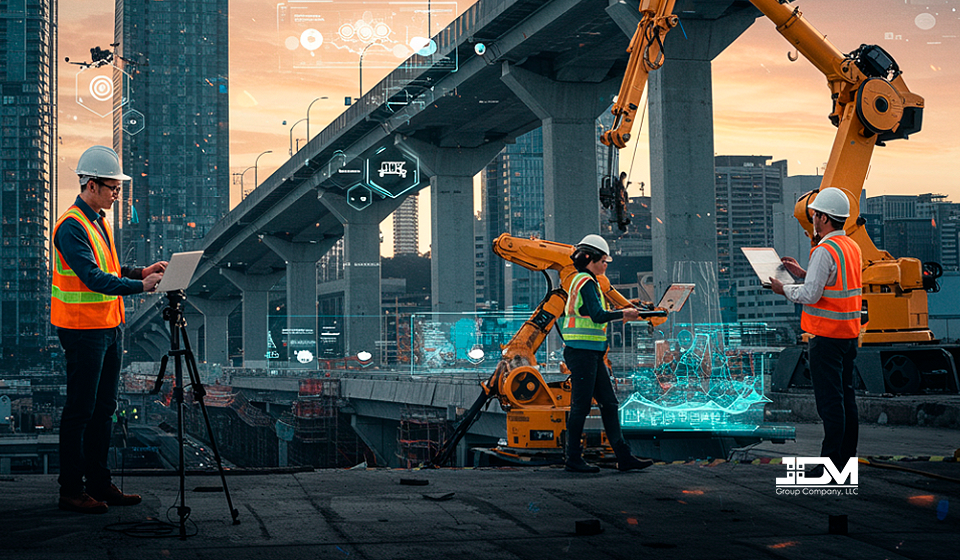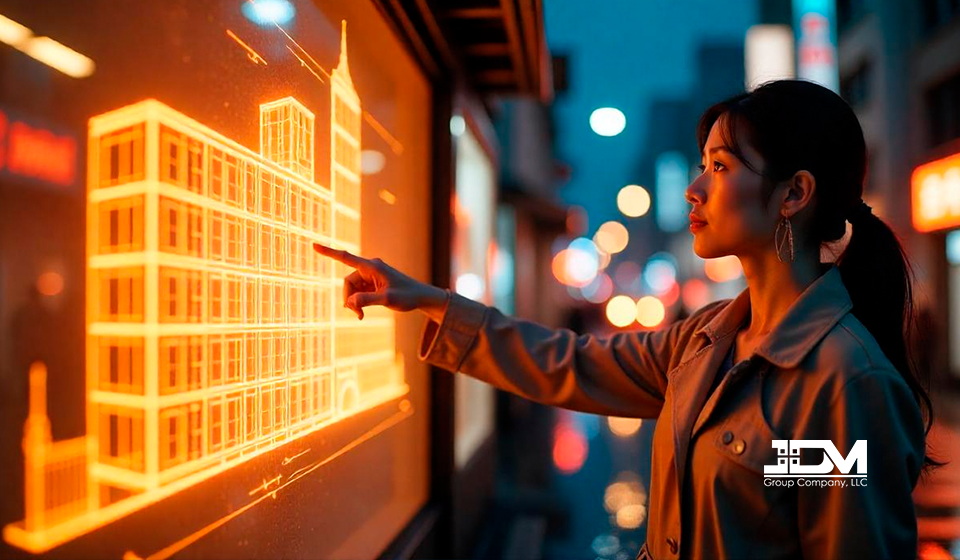Artificial Intelligence is Redrawing Architecture: A Smarter, More Sustainable Future
- Home
- News
- Architecture
- Artificial Intelligence is Redrawing Architecture: A Smarter, More Sustainable Future
Architecture, a millennia-old art, has constantly evolved in response to the needs and technological advancements of each era. Today, artificial intelligence (AI) is positioning itself as a new driving force of transformation, redefining the processes of design, construction, and user experience in buildings.
Generative Design: Beyond Imagination
Generative design, driven by genetic algorithms, allows for the exploration of a vast design space quickly and efficiently. Starting from a set of parameters defined by the architect (materials, structural constraints, solar orientation, etc.), the algorithm generates multiple solutions that satisfy the initial conditions. This technique not only optimizes the design in terms of structural and energy efficiency but also fosters creativity by proposing innovative forms and configurations.
Beyond Design: AI in Action
AI goes beyond generative design. Its application in architecture extends to various areas:
- Simulation and Structural Analysis: AI models allow for simulating the behavior of buildings under different conditions (wind, earthquakes, etc.), thus optimizing their structural design and ensuring their safety.
- BIM and AI: The integration of AI into BIM (Building Information Modeling) models facilitates project management, conflict detection, and collaboration among teams, improving efficiency and reducing costs.
- Smart Materials: AI is driving the development of new materials with adaptive properties, capable of responding to external stimuli such as light or temperature, and thus improving the comfort and energy efficiency of buildings.
- Challenges and Future
- The implementation of AI in architecture poses significant challenges. Data privacy, ethics in algorithmic design, and the potential loss of jobs are some of the issues that must be addressed. However, the opportunities outweigh the risks. AI can free architects from repetitive tasks, allowing them to focus on more creative and strategic aspects of design.
- In the near future, we can expect to see increasingly intelligent and personalized buildings, capable of adapting to the needs of their occupants and contributing to a more sustainable environment. The collaboration between humans and machines will be key to shaping a more innovative and efficient architectural future.
In conclusion, artificial intelligence is revolutionizing architecture, offering new tools and possibilities to design spaces that are more efficient, sustainable, and adapted to the needs of the 21st century. While it poses challenges, AI represents a unique opportunity to transform the way we conceive and build our environments.






